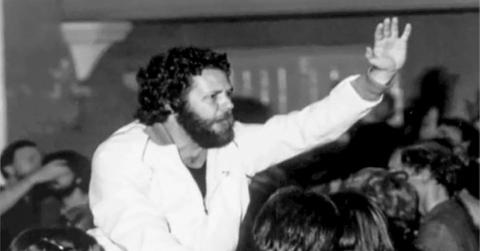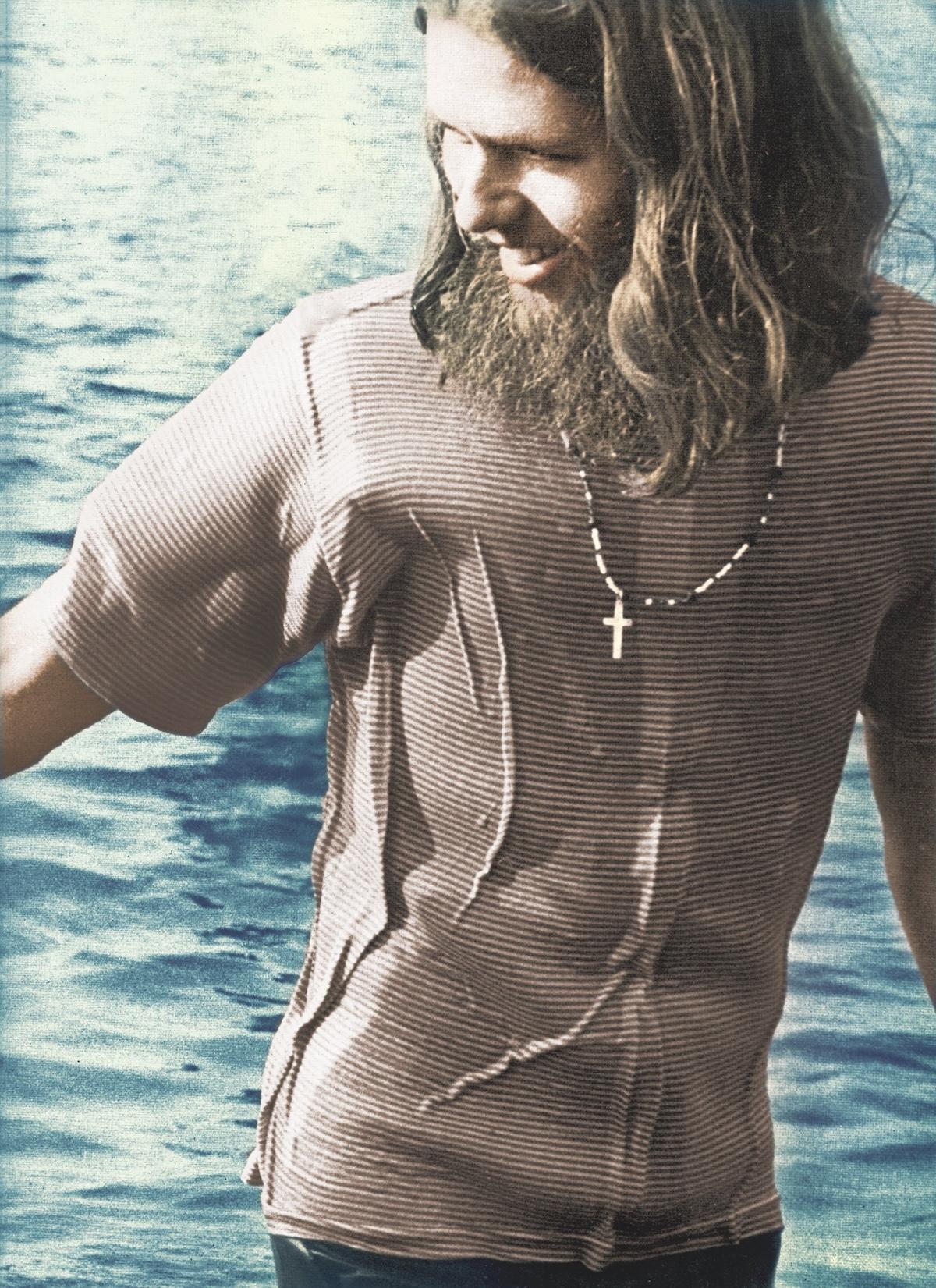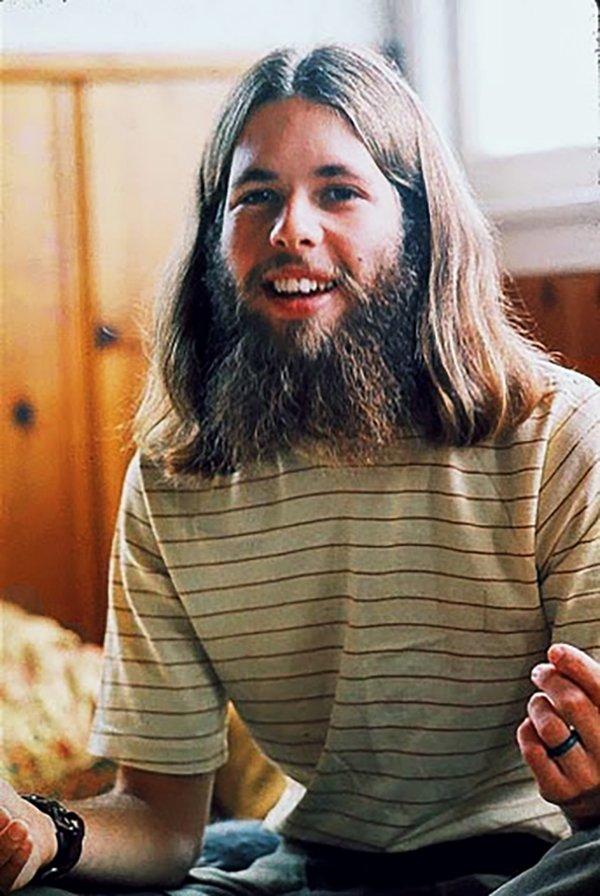Lonnie Frisbee Was a One-of-a-Kind "Hippie Preacher" Before His Untimely Death
Once in a generation, someone like Lonnie Frisbee comes around. He was a hippie, an evangelist, and a closeted gay man.
Published March 1 2024, 8:20 a.m. ET
When we think about evangelical preachers, we don’t always think of drug-addled hippies. However, Lonnie Frisbee rose to fame in the 1970s as a hippie evangelist after a tumultuous childhood. His story has since been retold in the 2005 documentary, Frisbee: The Life and Death of a Hippie Preacher, and the 2023 dramatization, Jesus Revolution.
While Lonnie may not be a household name, his legacy within Christianity spread far and wide as he traveled around the world preaching the word of Jesus. But behind his public persona as a preacher, he privately partied and took drugs, and he was even part of the gay community. But what happened to Lonnie Frisbee after the events depicted in Jesus Revolution? Keep reading for all of the details.
What happened to Lonnie Frisbee?
Lonnie didn’t live the easiest life — he grew up in a single-parent household in which he was allegedly raped at the age of 8 years old. Naturally, this would lead anyone to deal with their trauma in challenging ways. Lonnie’s way of managing was that he would run away from home frequently. By the time Lonnie was 15 years old, he was experimenting with drugs while immersing himself in the underground gay nightclub scene.
Lonnie put his education on the back burner and barely learned to read and write despite being a talented artist. By the late 1960s, Lonnie was the perfect demographic to join the “Free Love” movement. He moved to Haight-Ashbury in San Francisco during 1967’s Summer of Love as he experimented with drugs like LSD. On a trip to Southern California, he had a vision of God while tripping on LSD and thought his calling was to recommit his life to Jesus Christ by preaching the word of God.
Lonnie joined a Christian movement and become well known.
Lonnie joined several other Christian families and moved into the Living Room in Novato, Calif., during which time he met his wife, Connie Frisbee (née Bremer). As he hitchhiked to spread the gospel, he was picked up by John Nicholson, who introduced Lonnie to Calvary Chapel’s pastor, Chuck Smith. The two formed a partnership when Chuck brought Lonnie aboard to encourage membership from the hippie Christians aka “Jesus Freaks” or “Jesus People.”
The movement appealed to hippies, who wanted to live in a commune by shirking the luxuries of capitalism while also maintaining a moral high ground. Chuck and Lonnie’s partnership bridged a gap between generations while connecting them through a shared love of Christianity and Christ. Lonnie’s fame grew as an extremely charismatic evangelical preacher who drew thousands into the Calvary Chapel.
Lonnie's closeted sexuality started to become a problem in his marriage and ministry.
However, rumors of Lonnie’s closeted sexuality, which led to frequent bouts of infidelity in his marriage, forced Chuck to confront him. The two parted ways in 1971 after they created what would become the Shiloh Youth Revival Centers, perhaps the largest Christian communal group in U.S. history. But Lonnie and Chuck disagreed about aspects of evangelical Christianity, so Lonnie went to Florida, where he became part of the Shepherding Movement.
In 1978 after Lonnie's divorce, he became a missionary for the Calvary Chapel and traveled around the world to perform healings, deliverances, and revivals. By 1980, he returned to California, where he joined the Vineyard Movement, which inspired many new and young church leaders to find new ways of evangelicism. Lonnie preached with them until 1983, but once again, his sexuality became a problem.
Lonnie was diagnosed with HIV and eventually died from AIDs-related complications.
Lonnie moved to San Diego, returned to making art, secluded himself from the church, and developed a cocaine addiction. But after some time and traumatic events, Lonnie reconnected with the church and his friends through the creation of a small house church ministry. He became involved with the Set Free church and the Freedom Crusade, but in the late 1980s, he learned he was HIV positive.
During this time, Lonnie reconciled with people from his past, including Chuck, as his health declined. Lonnie's HIV developed into AIDS, and on March 12, 1993, he died from AIDS-related complications.




